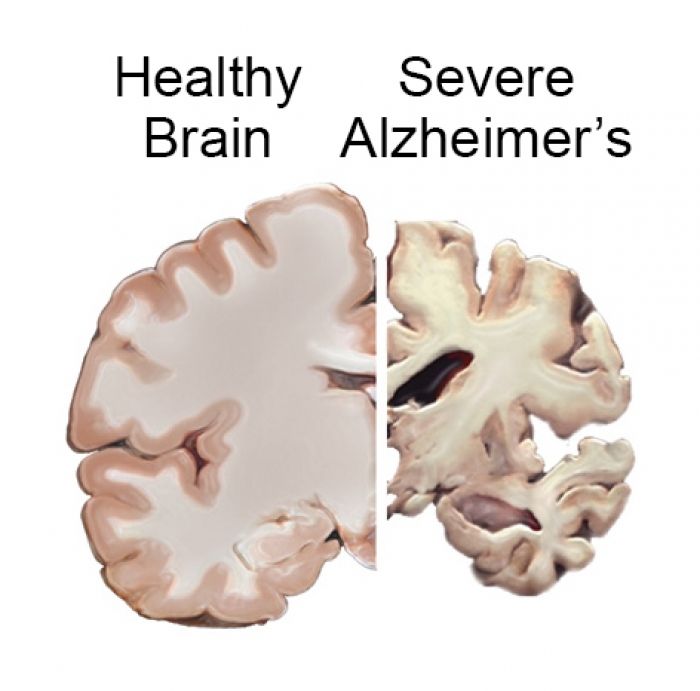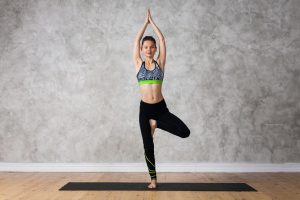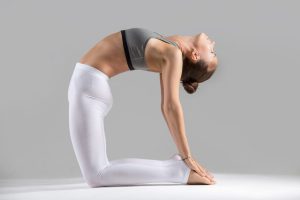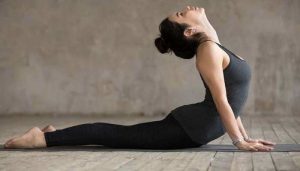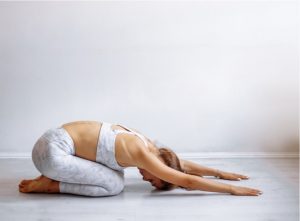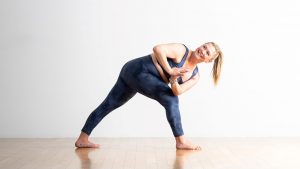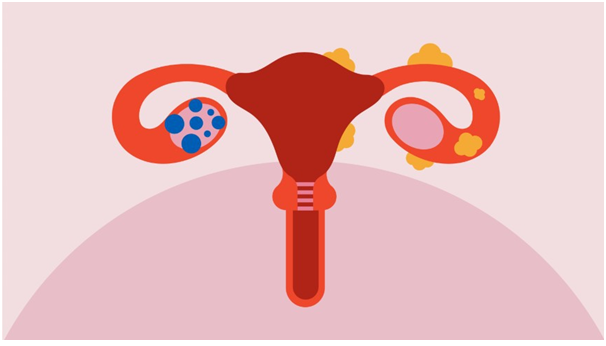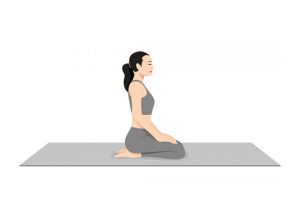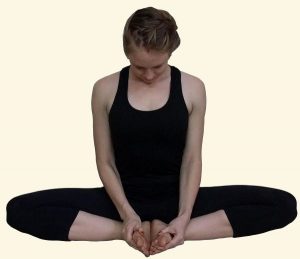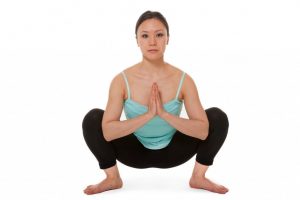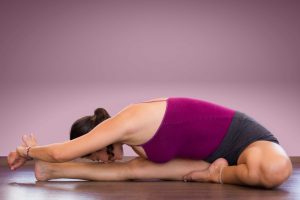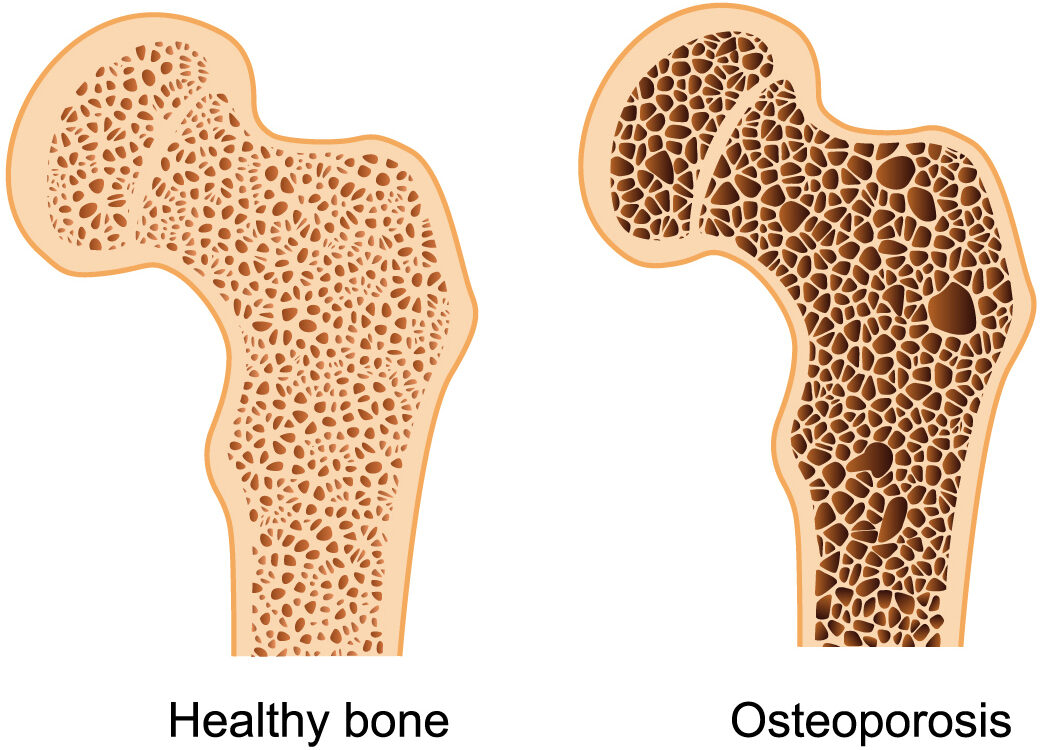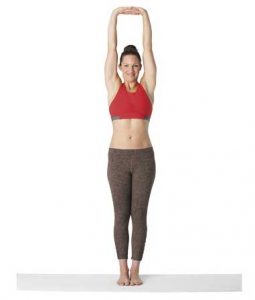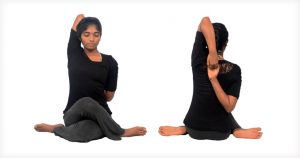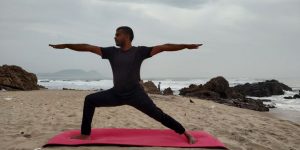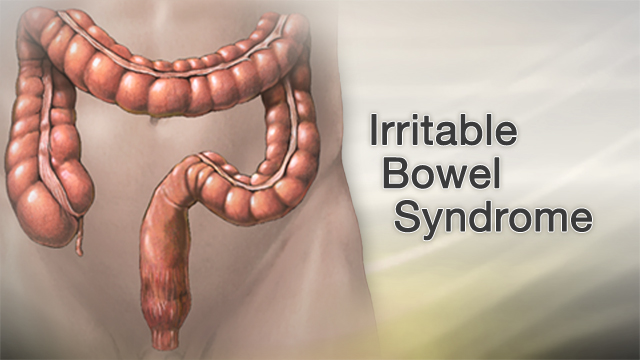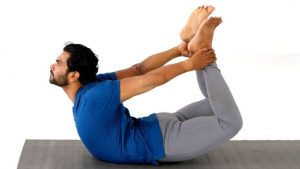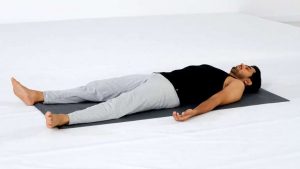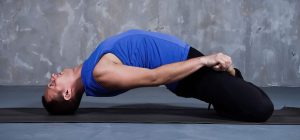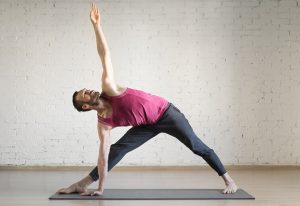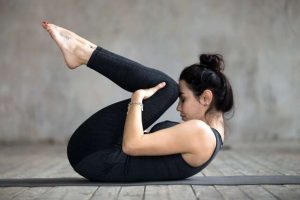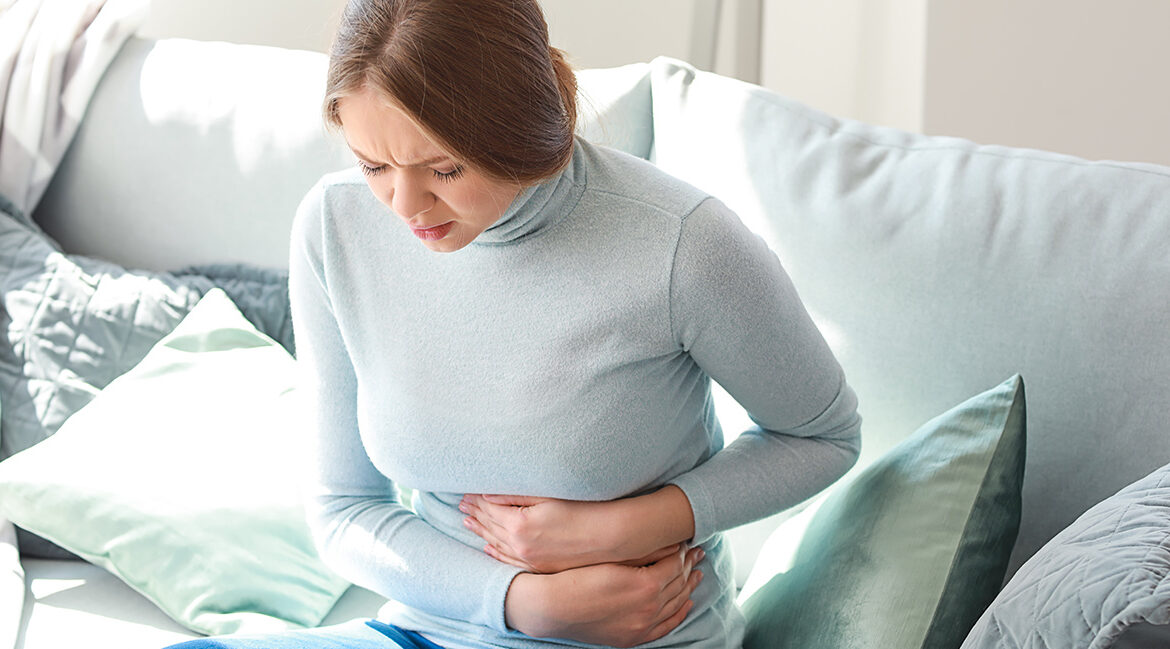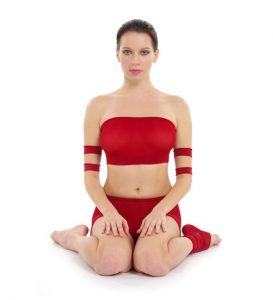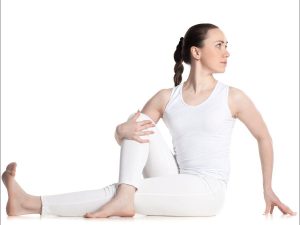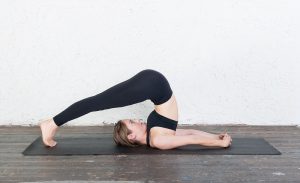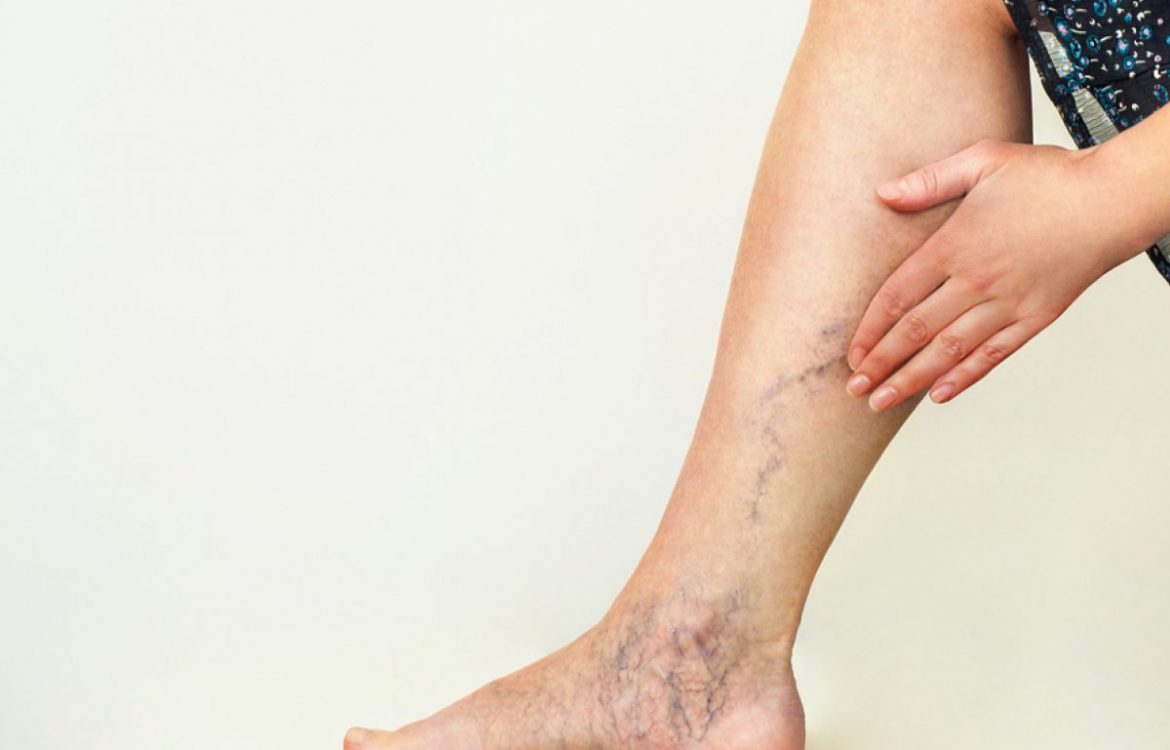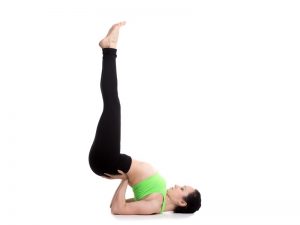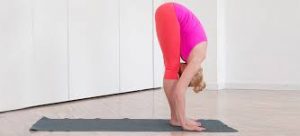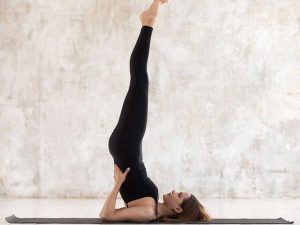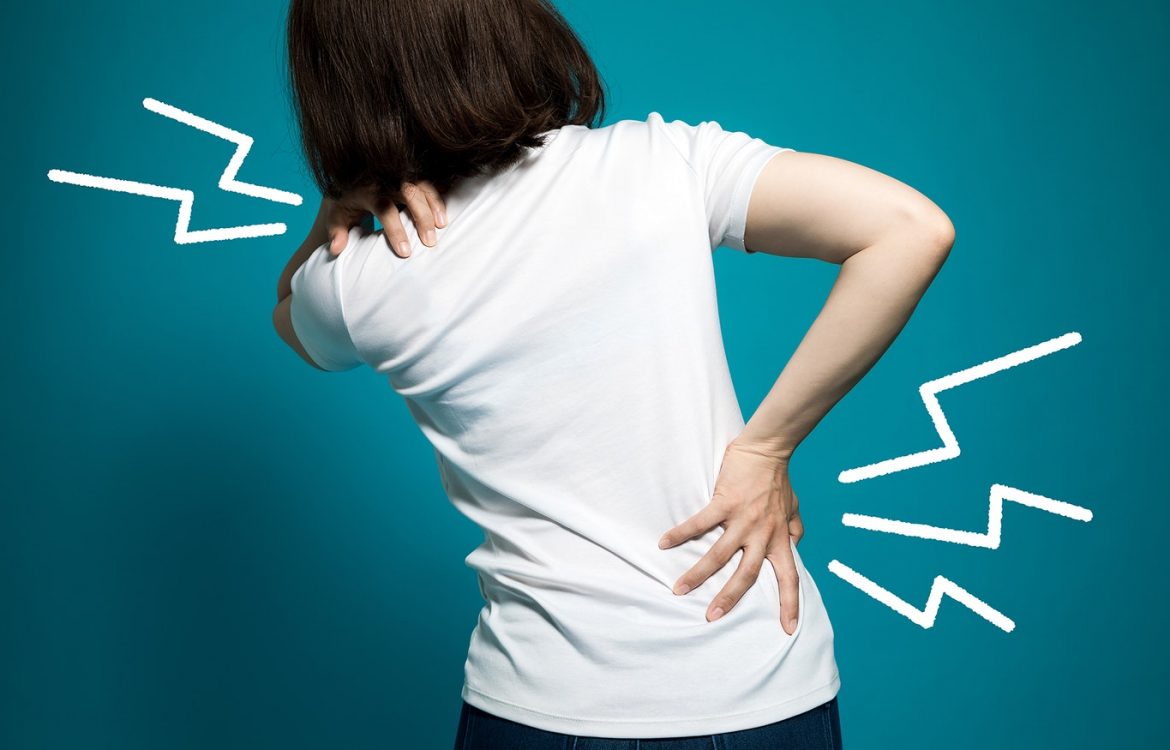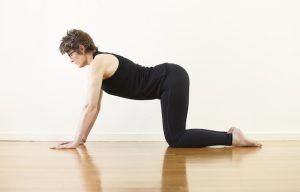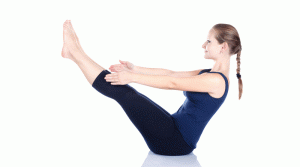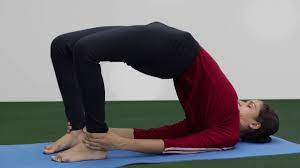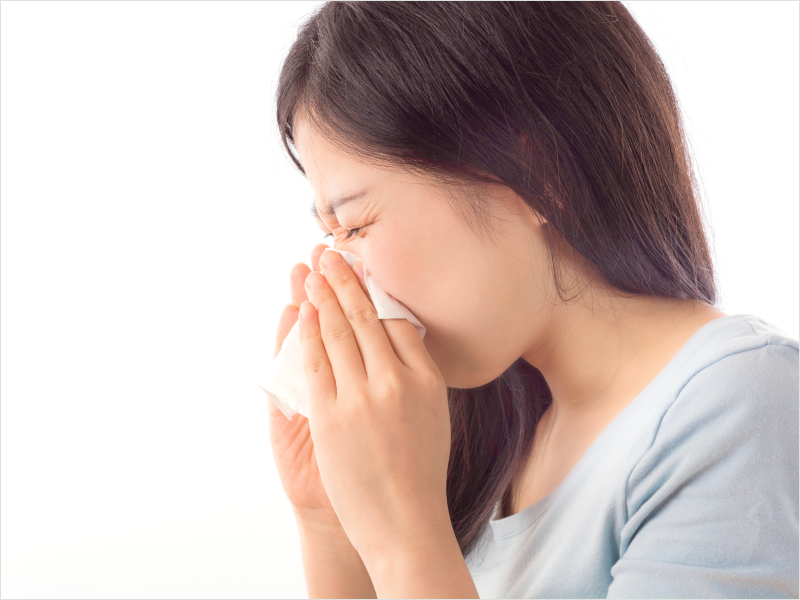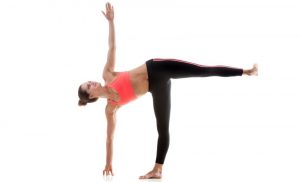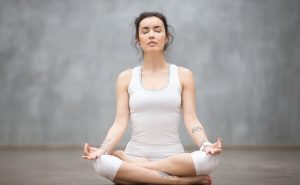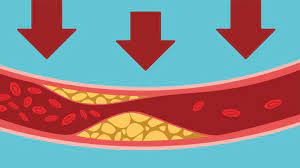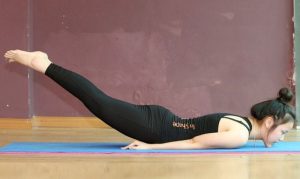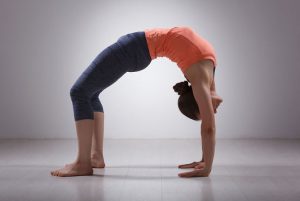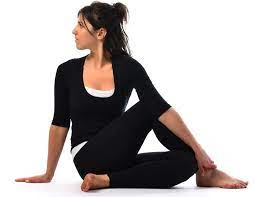Alzheimer’s disease is a progressive neurologic disorder that causes brain to shrink (atrophy)and brain cells to die . It is the most common cause of dementia and usually affects people over the age of 65 years.
SYMPTOMS:
- MEMORY LOSS : Memory loss is the symptom of alzheimer’s disease . everyone has occasional memory loss but the memory loss associated with Alzheimer’s disease persist and worsen ., affecting the ability to function at work or at home. People with this disease :
- Repeat statements again and again .
- Getting loss in familiar places .
- Having a trouble to find the right words , to identify objects ,express thoughts or take part in conversation.
- THINKING : This disease cause difficulity in concentration and thinking
- CONFUSION WITH TIME AND LOCATION : It cause a decline in the ability to make reasonable decision and judgements in everyday situations.
- DIFFICULITY IN COMPLETING FAMILIAR TASKS: People with this disease forget how to perform basic tasks such as dressing and bathing .
- CHANGES IN PERSONALITY AND HABITS : It can affect mood and behaviours . Problem may include :
- Depression
- Apathy
- Mood swings
- Loss of inhibitions
- Changes in sleeping habits .
- Delusion
STAGES OF ALZHEIMER’S DISEASE ARE:
- Preclinical alzheimer’s disease .
- Mild cognitive impairement .
- Mild dementia due to alzheimer’s disease .
- Moderate dementia due to alzheimer’s disease .
- Severe dementia due to Alzheimer’s disease .
OTHER STAGES ARE:
- Mild (early)
- Moderate (middle)
- Severe ( late)
RISK FACTORS:
- AGE: Increasing age is the greatest known risk for alzheimer’s disease. It is not a part of normal aging but as you grow older the likelihood of developing alzheimer’s disease .
- FAMILY HISTORY :If someone in your family(sibling, parent) , relative , suffering from this disease in which person there is a developing risk of alzheimer’s disease .
- HEAD INJURIES.
- AIR POLLUTION .
- MORE INTAKE OF ALCOHOL.
- DISTURBED SLEEP PATTERNS
- LACK OF EXERCISE
PREVENTION OF ALZHEIMER’S DISEASE :
- Exercise regularly
- Eating a low saturated diet such as meditarranean diet .
- Quit smoking .
- Logic game
- No alcohol.
Ayurvedic approach of alzheimer’s disease
Among the three dosha vata is the motivating force behind the other doshas (pitta and kapha) and all the dhatus, mala. Increase in the vata dosha leads to dhatukshya and it creates a pathological condition similar to that of Alzheimer,s disease .When vata increases in the Manovaha Srotas malfunction of the mental activities. Imbalance in vata dosha also leads to imbalance in the Trigunas (Satva, Raja and Tama) and as a result, there is Smriti Nasha (loss of memory). Increase in the vata dosha may also lead to generalized weakness of the nervous system, body gets depleted and stops functioning.
YOGA ASANA FOR ALZHEIMER’S DISEASE :
1. VRIKSHASANA :
Method
- Firstly Stand straight.
- Balance firmly left leg and lift your right leg. Bend your knee of the right leg.
- place your right foot inside of your left thigh with toes of right foot keeping downward.
- Join your palms at chest level. Slowly lift both arms over the head and keep hands stretched upward.
- Hold the position while breathing deep.
- Lower your arms to chest level and then separate your palms.
- Straighten right leg and stand erect again.
- Repeat the posture with your right leg.
Benefits:
- Improve balance and stability in
- Strengthens the ligaments and tendon of the feet.
- Strengthens and tones the entire standing leg, up to the buttocks.
2. Ustrasana or camel pose
Method
- Sit on the floor stretching your leg and keep spine erect and palms on the ground side by the buttocks.
- Bend your leg by the keens and sit on your heels placing the buttocks in between the heels, the right big toe overlapping the left toe .
- keeping your knees in line with the shoulders and sole of the feet facing downward
- Put hand on thighs.
- Inhale and arch your back and put your palms on the heels of the feet.
- Keep your arms straight.
- Do not strain your neck keep it neutral. Neck will be free.
- Stay in this final position for couple of breaths or as much you can do it with easy way .
- Breathe out and slowly come to normal position withdrawing your hands from the feet.
Benefits:
- Imroves flexibility of spine and strengthens it.
- Improves digestion
- Gives relaxation to the lower back.
- Indigestion
- Reduces abdomen fat.
- Thyroid and parathyroid.
- Menstrual problems.
3. Bhujangasana or Cobra pose of Yoga
Method:
- Lie in prone position
- Palms by the side of your chest, arms close to the body, elbows pointing outward. Inhale and raise your forehead, neck and shoulders.
- Raise your trunk with the help of your arms.
- Look upward while breathing normally.
- Make sure stomach touches on the floor.
- Hold the pose for 5 seconds.
- Slowly comes into prone position
- Turn your head to one side and arms by the side of body.
Benefits:
- It may help to stretch muscles of the chest, shoulders, and abdominal area.
- It help to enhance anxiety.
- It may rejuvenate the heat and elevate the mood.
- It may decrease the stiffness of lower back .
4. Balasana or Child’s Pose
Method:
- Spread a mat and kneel on it
- Sit on your kneel ,touch big toes to each other and separate knees to a hips –wide width
- Take a deep breathe , exhale, and place down torso in between the thighs.
- Sacrum spread across your pelvic back.
- While lifting the base of skull apart from the back to neck and stretch the tailbone away from the back of pelvis
- Place down your torso on the mat and put your hands down and palm up
- Push the shoulder towards mat . you feel like pull of your shoulder blade
Benefits:
- It helps to reduce stress and anxiet .
- It relaxes the back and spine.
- It is highly recommended to people who feeling dizzy.
- It gives good stretch to the legs , ankles, thighs, and hips.
4. Parivrtta Parsvakonasana or revolved side angle pose
Method:
- Start with downward facing dog pose of Yoga with feet grounded and palms placed firmly on the floor.
- Inhale and bring your right foot forward between both your palms.
- Keep the back of your left leg straight and tuck in your toe in while lifting up the heel.
- Exhale, push your pelvic down and take your right thigh parallel to the ground.
- Inhale, lift up your right hand with fingers pointing towards the ceiling.
- Make sure that both your shoulders are aligned.
- Gaze up towards your outstretched fingers and hold onto the pose for 10 to 15 seconds before releasing the posture.
Benefits:
- It makes muscle stronger and decrease the stiffness of lower back.
- It also improves digestion and relieve constipation .
- Increases lung capacity.
- Reduce body fat .
Precautions:
Those suffering from asthma, diarrhea, vertigo, migraine, insomnia issues, neck or back injuries or low/high blood pressure should consult their doctor before performing this pose .


